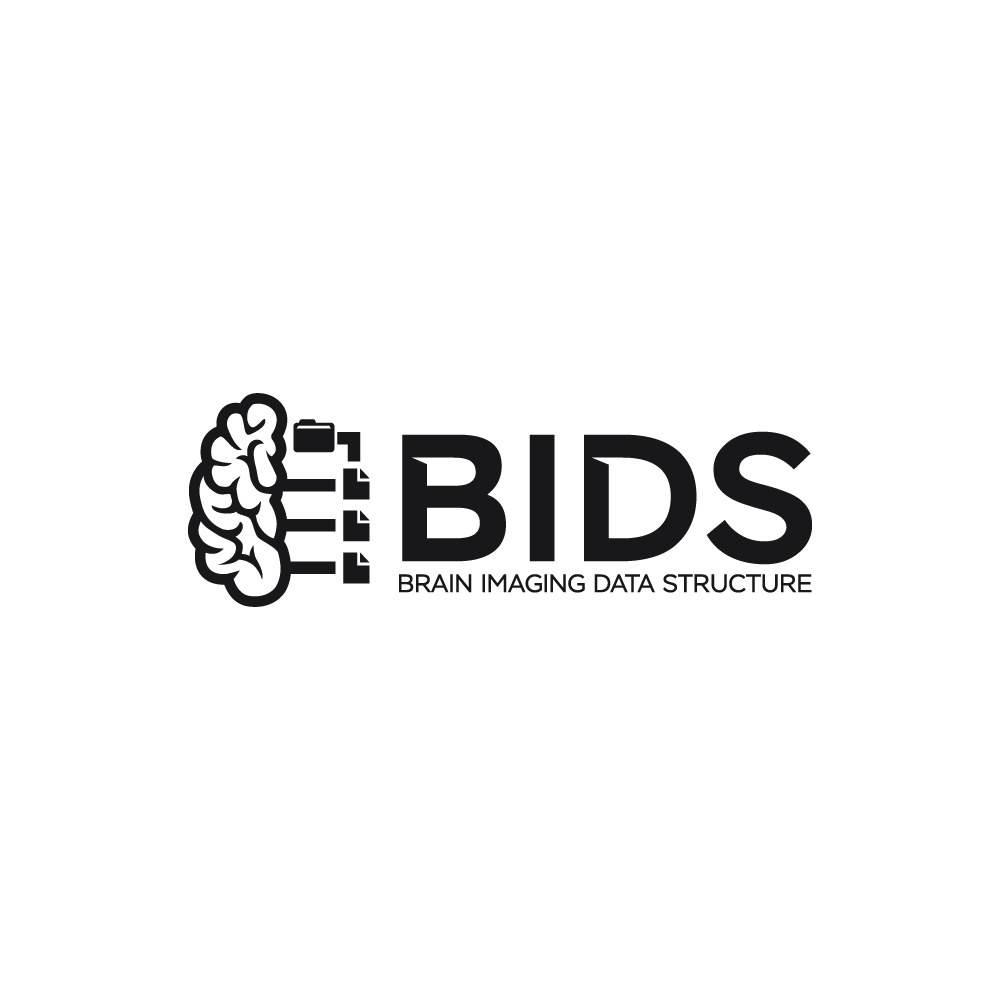Longitudinal and multi-site studies
Contents
Longitudinal and multi-site studies#
Multiple sessions (visits) are encoded by adding an extra layer of directories
and filenames
in the form of a session (for example ses-<label>) and
with a *_sessions.tsv file.
Multi-site or multi-center studies#
This version of the BIDS specification does not explicitly cover studies with
data coming from multiple sites or multiple centers (such extension is planned
in BIDS 2.0.
There are however ways to model your data without any loss in terms of metadata.
Option 1: Treat each site/center as a separate dataset#
The simplest way of dealing with multiple sites is to treat data from each site as a separate and independent BIDS dataset with a separate participants.tsv and other metadata files. This way you can feed each dataset individually to BIDS Apps and everything should just work.
Option 2: Combining sites/centers into one dataset#
Alternatively you can combine data from all sites into one dataset. To identify
which site each subjects comes from you can add a site column in the
participants.tsv file indicating the source site. This solution allows you to
analyze all of the subjects together in one dataset. One caveat is that subjects
from all sites will have to have unique labels. To enforce that and improve
readability you can use a subject label prefix identifying the site. For example
sub-NUY001, sub-MIT002, sub-MPG002 and so on. Remember that hyphens and
underscores are not allowed in subject labels.

